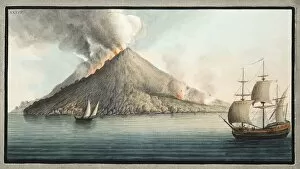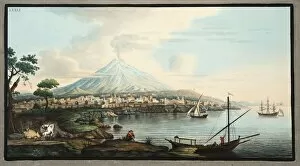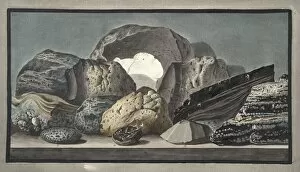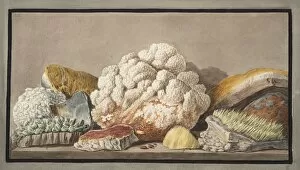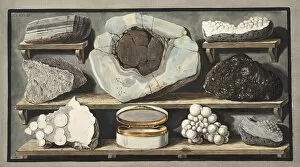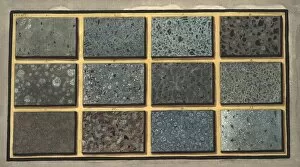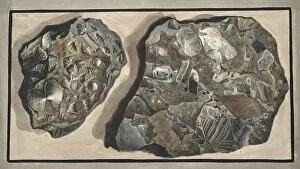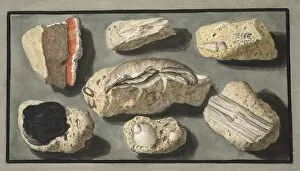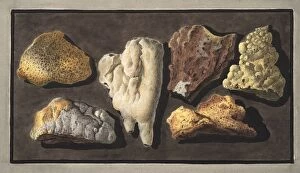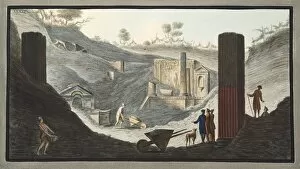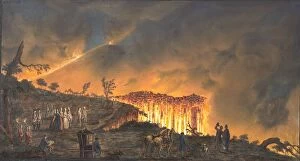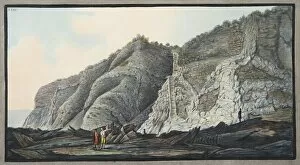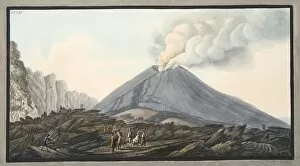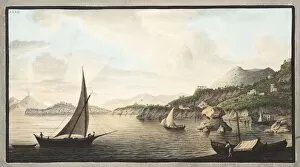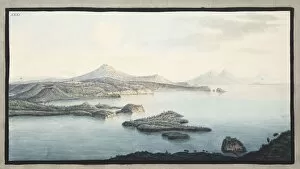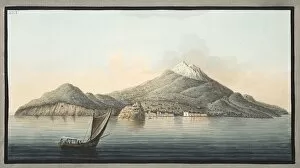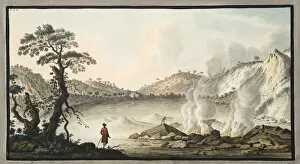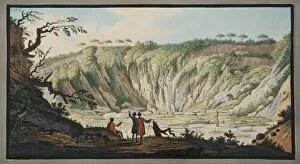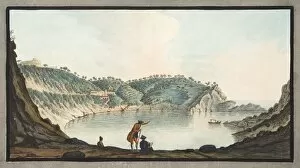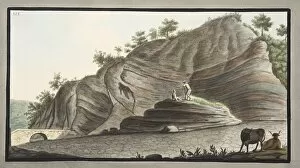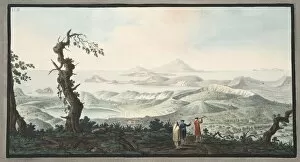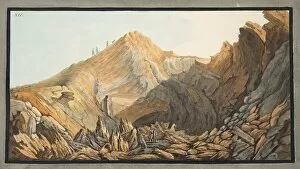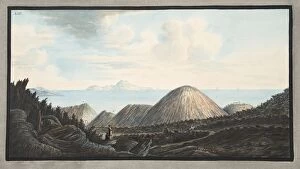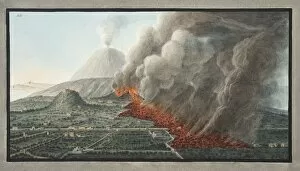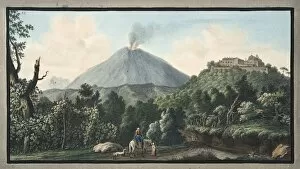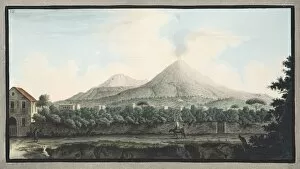1768 78 Collection
In 1768, Monsieur Fabris captured a breathtaking view of the island of Stromboli, showcasing its majestic beauty and volcanic nature
For sale as Licensed Images
Choose your image, Select your licence and Download the media
In 1768, Monsieur Fabris captured a breathtaking view of the island of Stromboli, showcasing its majestic beauty and volcanic nature. As if that wasn't enough, he also gifted us with a mesmerizing glimpse of Mount Etna from Catania. These stunning views were not the only treasures discovered in 1776; stones of crystals known as Gems of Mount Vesuvius were unearthed, revealing their radiant allure. But it didn't stop there - vitrifications and other volcanic productions amazed observers with their unique formations. The Solfaterra showcased its own remarkable creations, leaving onlookers in awe. Curious stones found by the author on Mount Vesuvius provided further evidence of the region's geological wonders. The fiery temperament of these volcanoes was evident through lava flows, scoria rocks, and pumice stones strewn across Mount Vesuvius' landscape. Even marble and mixed stones from this area underwent polishing to reveal their true magnificence. A particular piece composed of fragments from various types of marble found in Fossa Grande served as a testament to nature's artistic handiwork. And let's not forget about the specimens collected directly from Vesuvius' crater - they held within them an essence both captivating and mysterious. Not limited to just volcanic matter alone, tufa samples discovered in Herculaneum added another layer to our understanding of this ancient city's history. These discoveries made in 1776 transported us into a world where nature reigns supreme - where fire meets stone and creates something truly extraordinary.

